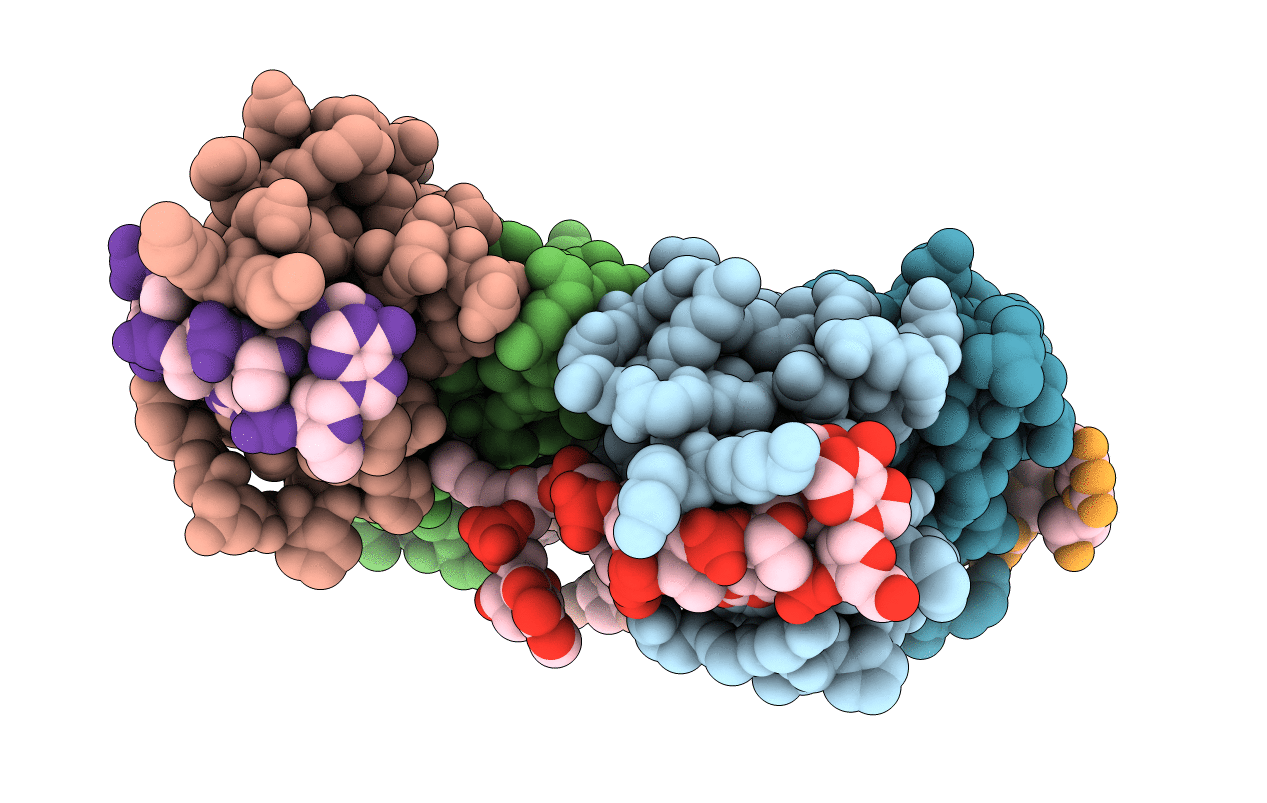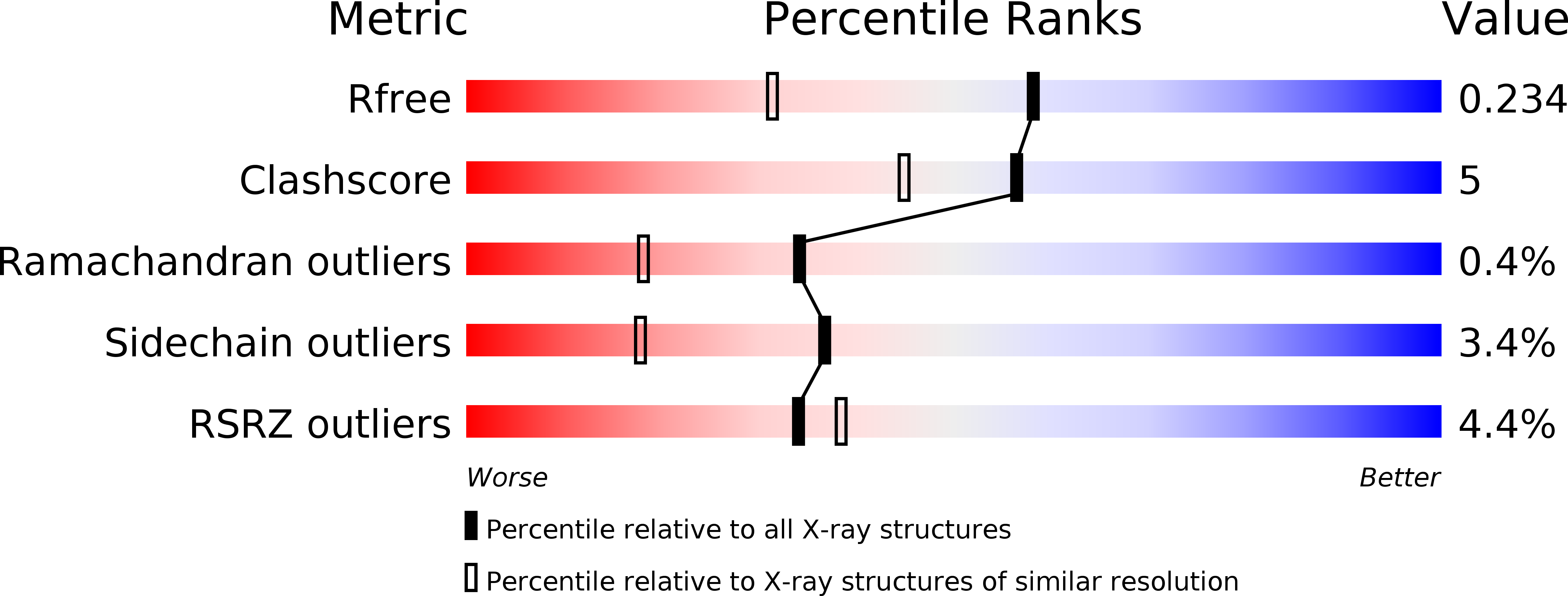
Deposition Date
2005-09-06
Release Date
2005-09-27
Last Version Date
2024-11-20
Entry Detail
PDB ID:
2AXY
Keywords:
Title:
Crystal Structure of KH1 domain of human Poly(C)-binding protein-2 with C-rich strand of human telomeric DNA
Biological Source:
Source Organism:
Homo sapiens (Taxon ID: 9606)
Host Organism:
Method Details:
Experimental Method:
Resolution:
1.70 Å
R-Value Free:
0.23
R-Value Work:
0.21
R-Value Observed:
0.21
Space Group:
P 21 21 2


